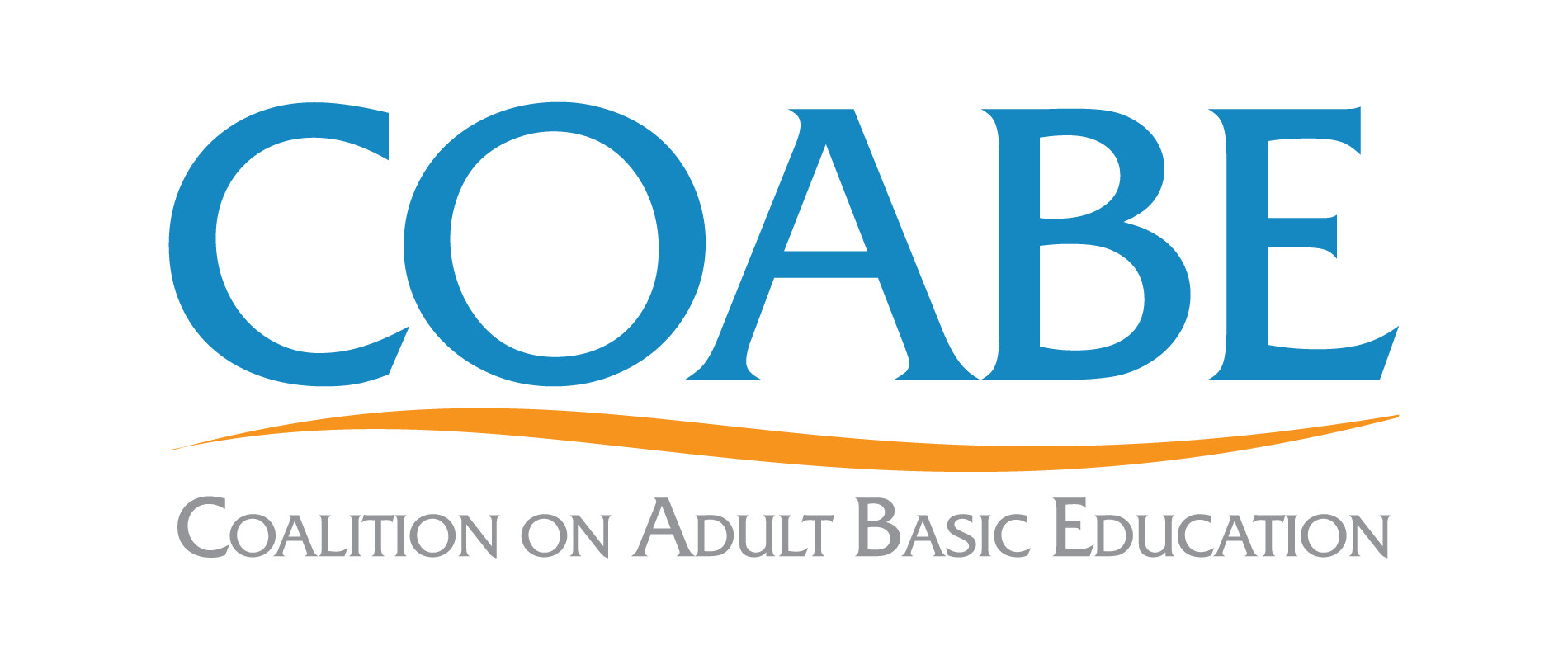U.S. PIAAC Data Collections
PIAAC Cycle 1 (2012-17)
In the United States, three rounds of data collection have been conducted for PIAAC Cycle 1: the first in 2011–12, the second in 2013–14, and the third in 2017. The results from the first round were released in October 2013, the results from the second round in March 2016, and the results from the third round in November 2019.
Similar samples of adults were surveyed in 24 other participating countries in 2012 (International Round 1), in nine additional countries in 2014-2015 (International Round 2), and in five additional countries in 2017 (International Round 3).
Round 1 of Data Collection in the United States (2012)
The first round of data collection in the United States (the U.S. PIAAC Main Study) was conducted from August 2011 through April 2012 with a nationally representative household sample of 5,000 adults between the ages of 16 and 65.
Round 2 of Data Collection in the United States (2014)
NCES conducted a second round of data collection in the U.S. in 2013-14 in order to (a) enhance the U.S. PIAAC dataset by oversampling young adults (ages 16–34) and unemployed adults (ages 16–65) and (b) expand the sample to include older adults (ages 66–74). The additional data, referred to as the U.S. National Supplement, was not a nationally representative sample but can be combined with the first-round data from 2012 to create the combined 2012/2014 dataset for analysis.
The U.S. National Supplement used the same procedures, instruments, and assessments as in the first round. It was administered to a sample of 3,660 U.S. adults, which can be added to the 2012 data to create an expanded national sample totaling about 8,700 adults living in U.S. households. This combined 2012/2014 U.S. PIAAC data support more detailed national estimates for young adults and unemployed adults and, in the case of older adults, supports estimates for new groups not represented in the first round of PIAAC.
The U.S. National Supplement also included the U.S. PIAAC Prison Study, which was administered from February through June 2014 to a sample of 1,300 adult inmates (ages 16–74) detained in federal, state, and private prisons in the United States. The U.S. Prison Study included the same direct assessments of literacy, numeracy, and problem solving in technology-rich environments (PS-TRE) as those administered to the U.S. PIAAC household participants. However, the Prison Study’s background questionnaire was modified and tailored specifically to address the experiences and needs of this subgroup. For example, incarcerated adults were asked about activities in prison, such as participation in academic programs and ESL classes; experiences with prison jobs; and involvement in nonacademic programs, such as employment readiness classes.
Round 3 of Data Collection in the United States (2017)
A third round of U.S. PIAAC data was collected from March 2017 through September 2017, using the same procedures, instruments, and assessments as in the first and second rounds. Further questions on certifications, desirability of employment hours increase, contract permanency, military service, and total household income were included in the background questionnaire. The data from the third round was used to support analysis based on a nationally representative sample of U.S. adults aged 16-74 for a second point in time, comparing the 2017 data to the 2012/2014 data. It was also combined with the first- and second-round data to support the calculation of state- and county-level estimates. Using the combined 2012/14/17 data, NCES developed the U.S. PIAAC Skills Map: State and County Indicators of Adult Literacy and Numeracy, an online mapping tool with estimates of adults’ literacy and numeracy skills for all U.S. states and counties. More information on the state and county estimates can be found here.
For more information about PIAAC data collections in the United States, please visit U.S. Household Study Data Collection and U.S. Prison Study Data Collection on the NCES website.
PIAAC Cycle 2
In 2023, the second cycle of PIAAC will be conducted in the United States and more than 30 other countries. There are several differences between Cycle 1 and Cycle 2. It continues the direct assessment of literacy, numeracy and includes a new domain called adaptive problem solving. The Cycle 2 background questionnaire is updated and more efficient. The U.S. PIAAC assessment has had a new section added to collect data on the financial literacy of the adult population. In addition to the reading components, Cycle 2 includes component measures of numeracy. In Cycle 2, the direct assessment is conducted on a tablet platform.
For more information on the U.S. PIAAC schedule, please visit the NCES PIAAC Schedule and Plans page.









